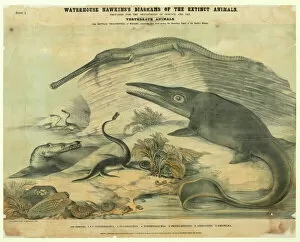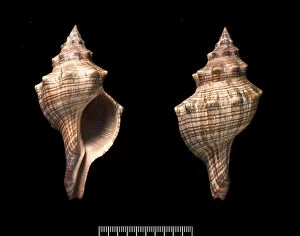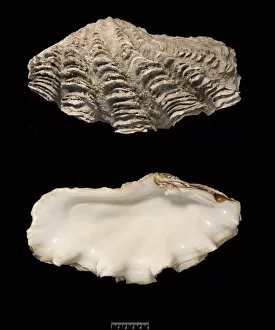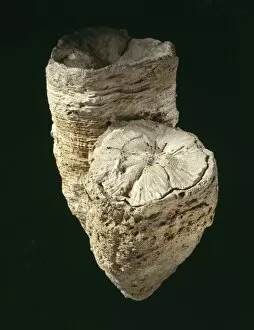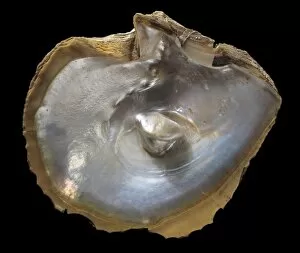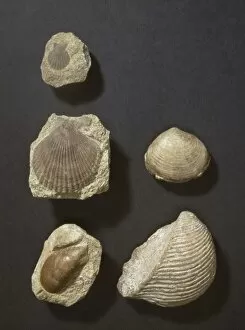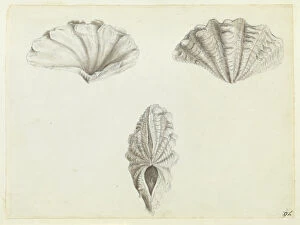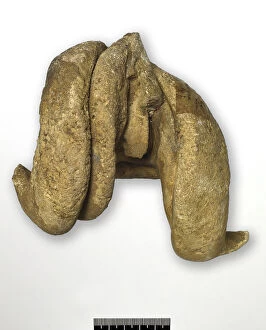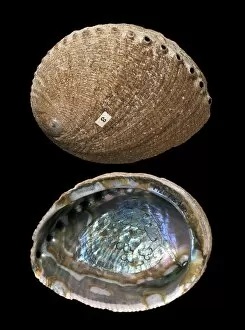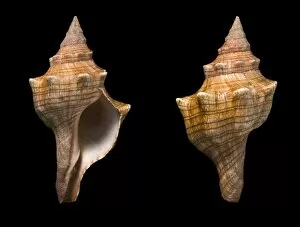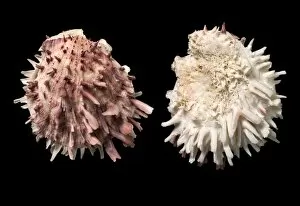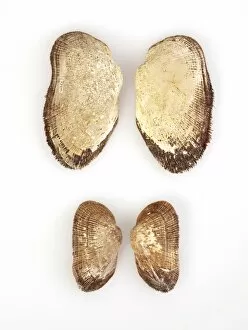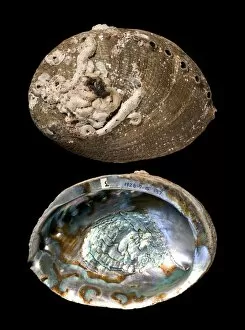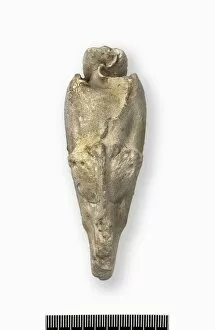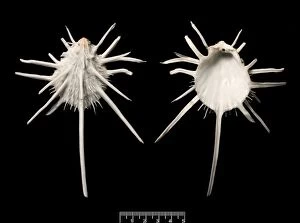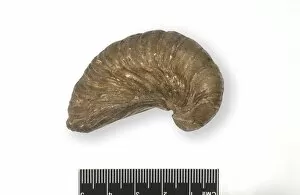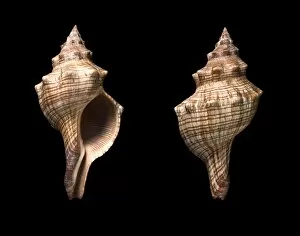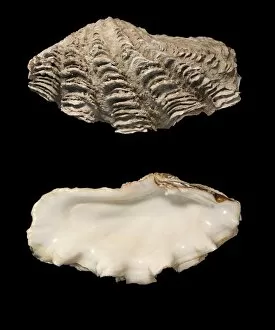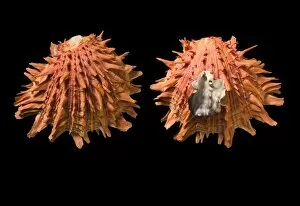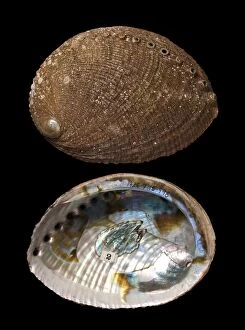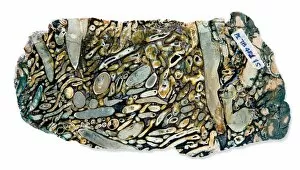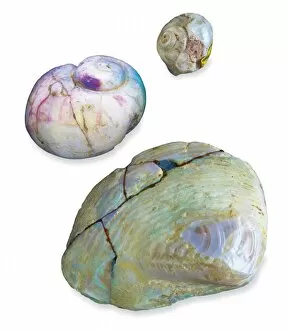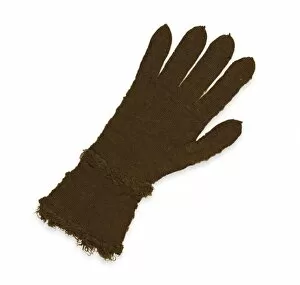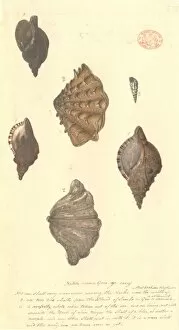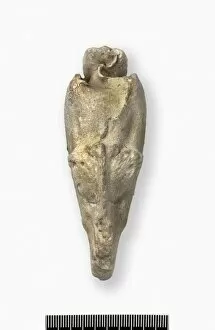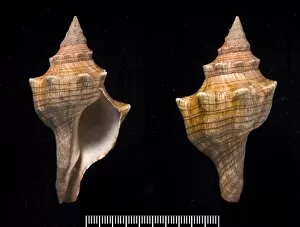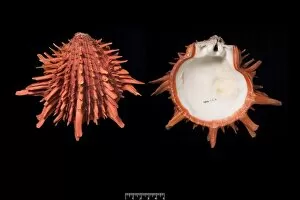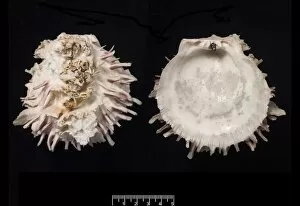Lamellibranchia Collection
"Lamellibranchia: A Glimpse into the Ancient Marine World" Step back in time and explore the fascinating world of Lamellibranchia
For sale as Licensed Images
Choose your image, Select your licence and Download the media
"Lamellibranchia: A Glimpse into the Ancient Marine World" Step back in time and explore the fascinating world of Lamellibranchia, a group of extinct marine reptiles that once roamed our oceans. From the depths of French Polynesia's Tuamotu archipelago to the captivating black pearl found within an oyster, it offers a glimpse into a bygone era. Immerse yourself in the beauty of Pleuroploca trapezium, also known as the trapezium horse conch. Its intricate shell pattern tells tales of ancient seafloors and hidden treasures waiting to be discovered. And speaking of treasures, Tridacna maxima Rège, 1798 presents us with giant clams boasting stunning hues and immense size. Delve deeper into history with Epidiceras speciosum (Munster), where internal casts reveal intricate details about these bivalves' inner workings. These fossils provide valuable insights into their once-thriving existence and add another layer to Lamellibranchia's story. Marvel at Tridacna gigas, yet another giant clam species that captivates with its sheer magnitude. These colossal creatures remind us of nature's ability to create wonders beyond imagination. As we journey through time, we encounter five bivalve fossils that serve as reminders of life forms long gone but not forgotten. Their preserved remains offer glimpses into ecosystems teeming with diverse marine life. The vibrant green abalone shells (C016 / 6055) catch our eye while European thorny oyster shells showcase nature's artistry (C016 / 6051). Trapezium horse conch shells (C016 / 6030) further enhance our understanding of this intriguing group's evolution and adaptation over millions of years.

